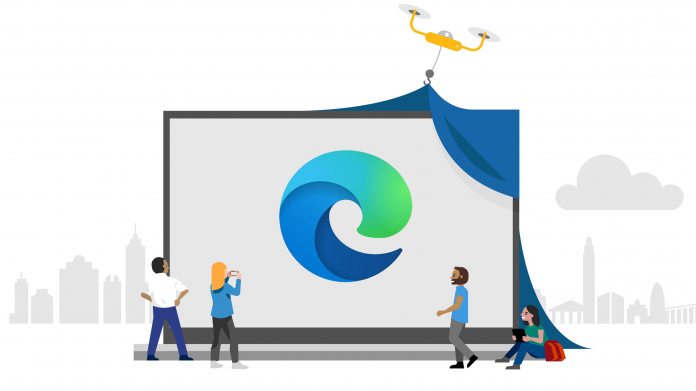Professor Douglas Leith claimed there is no good way to turn off this identifier, which is sent to Microsoft’s back-end servers. Further, his analysis of Chrome, Firefox, and Safari found their back-end communication to be more private. When asked about the study, a Microsoft spokesperson offered a slightly curt, but factual response. “Microsoft Edge sends diagnostic data used for product improvement purposes, which includes a device identifier. On Windows, this identifier enables a single-click ability to delete the related diagnostic data associated with the device ID stored on Microsoft servers at any time (from Windows settings), something which is not offered by all vendors,” she said to ZDNet. “Microsoft Edge asks for permission to collect diagnostic data for product improvement purposes and provides the capability to turn it off at any later point. This diagnostic data may contain information about websites you visit. However, it is not used to track your browsing history or URLs specifically tied to you.” Microsoft does indeed allow you to turn off the sending of diagnostic data in Microsoft Edge. However, on Windows 10 at least, that’s defined by your OS settings, and Leith was using a Mac. It could also be that Microsoft sends a hardware ID regardless of the toggle. Even so, the company raises an interesting point with the deletion of telemetry data. Is a company that collects more detailed telemetry, but lets you delete it from their servers, more or less private that one who collects limited data but doesn’t? That likely comes down to personal preference, so Leith’s study focused specifically on the out-of-box experience and nothing else. If you have been using Edge, unaware that it’s been tying your browsing habits to a unique identifier, you can delete the data here.




